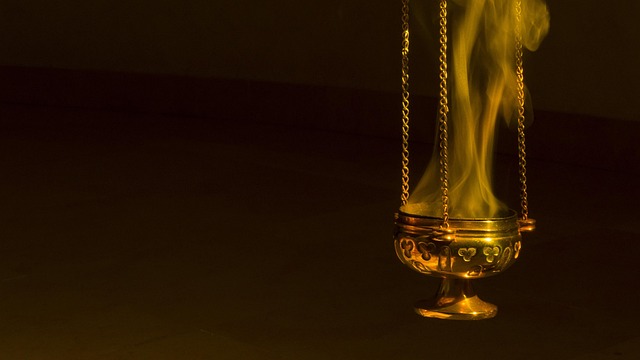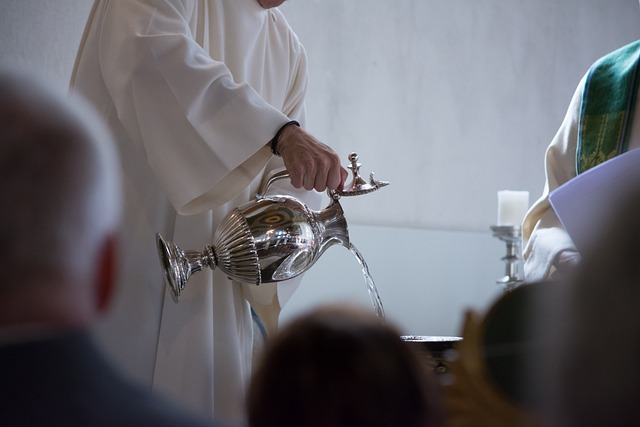Unveiling the Sacred: Exploring the Power of Liturgy in Religious Rituals
Religion, in its many forms, serves as a guiding light for millions, providing a framework of beliefs, values, and actions that shape the lives of individuals and communities. At the heart of many faith traditions is the concept of liturgy, a structured form of worship that transforms ordinary time into the sacred. Through the rituals embedded in liturgy, followers connect with the divine and each other, creating a tapestry of shared experience and heightened spirituality.
The beauty of liturgy lies in its ability to evoke profound emotions and create a sense of belonging. Each gesture, each spoken word, resonates deeply within participants, awakening memories and emotions that are often difficult to express. Whether it’s the rhythmic chanting in a cathedral, the solemnity of a prayer service in a quiet temple, or the lively songs of faith shared during communal gatherings, the liturgical rites harness a unique power that transcends spoken language.
In many religious contexts, liturgy serves as a bridge between the divine and the temporal. It provides a space where believers can step outside of their daily lives and enter into sacred time, a realm where the presence of the holy is felt most acutely. This transformative experience is often marked by symbolism—incense rising, candles flickering, and sacred texts being recited—that not only tell a story but also invite participants to become part of that narrative. Through liturgy, individuals can encounter the mystery of faith in tangible ways.
Furthermore, the communal aspect of liturgy reinforces the idea that faith is not merely an individual journey but a shared pilgrimage. As congregants gather to partake in rituals, they strengthen bonds with one another, reminding them that they are part of a larger community that shares beliefs and commitments. This sense of solidarity can be incredibly reassuring in times of uncertainty and can foster deep relationships that extend beyond the ritual itself.
Liturgy also invites reflection and introspection. Many rituals encourage participants to examine their lives, beliefs, and relationships with others and with God. Moments of silence, communal prayers, and sharing of testimonies can inspire personal growth and transformation. Through the repetition of these practices, individuals often find clarity and a renewed sense of purpose, deepening their spiritual journey.
As the world continues to evolve, the role of liturgy in religious rituals remains an essential aspect of spiritual life. It not only connects people to their history and tradition but also offers an anchor amidst the chaos of modern existence. In embracing the power of liturgy, individuals can discover a richer, more meaningful experience of faith that nourishes both the heart and the mind, inviting an ongoing exploration of the sacred in everyday life.



